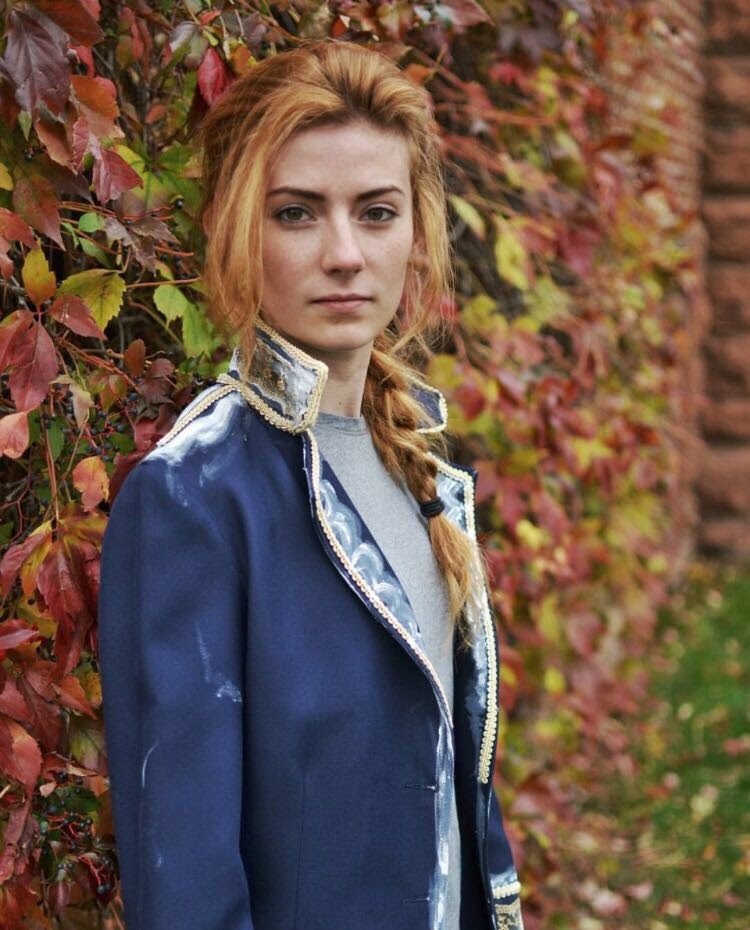About Lórien
The worst thing about being a monk and developing your career in physics is that the monastic robes carry the Jedi aesthetic, which is counterproductive in expressing the physicist’s customary affinity for Star Trek. This is particularly blasphemous considering you own a total of five possessions, none of which is a lightsaber as they are strictly disallowed by your monastery, and the only force you harbor is proportional to mass times acceleration.

Unfortunately, I am not a monk—nor am I a Jedi, to clarify. I am, however, an aspiring physicist, and the monk-Jedi conundrum is a corollary to a whimsical thought experiment of mine.
Many components of the monastic lifestyle appeal to me. Minimalism, introspection, selflessness, allegiance to truth—I strive to exercise these traits on a daily basis. In this regard, I find that monks and physicists are quite similar. Each discipline demands rigorous reflection and dedicated study. Furthermore, it could be argued that physics and monkhood demand a degree of faith. After all, physicists aren’t quite as agnostic as they put on; in order to define the laws that govern the universe, one must first ascribe to the belief that the universe adheres to laws in the first place.
Physics is rife with such philosophical entanglements; that’s what attracted me to the subject in the first place. I enjoy wrestling with unorthodox solutions to complex questions such as the following: does the existence of gravity compromise our understanding of spatiotemporal locality? Or is the Oxford comma truly necessary?
Philosophy, etymology and linguistics are hobbies of mine. You may see these topics addressed on my blog, Hereby the Maverick. While I speak French fluently, I study other languages, notably Irish and Quenya, a sublanguage of J.R.R Tolkien’s Elvish. I actively practice the art of Tengwar, or Elvish script. If I were a medieval monk, I would most certainly have worked in the monastery scriptorium.
In real life, however, there exist certain mechanisms that inhibit me from pursuing monkhood. Historically, the term refers to a male, and inquiries regarding recruitment of the opposite gender are met with an emphatic “Get thee to a nunnery, Lorien.”
As a woman in STEM, I am no stranger to these customs. A significant portion of my sympathy is reserved for intelligent women deterred from pursuing scientific disciplines by psychosocial contrivances. I care deeply about fixing this problem, which I wholeheartedly believe starts with my own personification of equality. I make a point to encourage the few women in the Drake physics program and amplify marginalized voices.
Much of this work manifests in my attitude towards communication; the monk prototype, in its silence and reclusion, fails to capture this facet of my personality. I find little practicality in defining the laws of physics if only physicists understand them. Knowledge, like equality, exists only because it is shared.
Thus, I write journalistically. For the past three years, I’ve served the campus newspaper, as a journalist, section editor, and, finally, as Editor-in-Chief. I assemble and design Drake’s physics department newsletter. I write about everything from socialism to solar eclipses to campus movements. Even though American journalism reinforced a particular aversion to the Oxford comma, the trade liberated my voice and taught me the extent of society’s reliance on free and unyielding speech.
Above all, I demand of myself transparency, and the bravery to enforce that transparency, in all components of my life. So, for now my path to monkhood, by way of seclusion, remains untrodden.